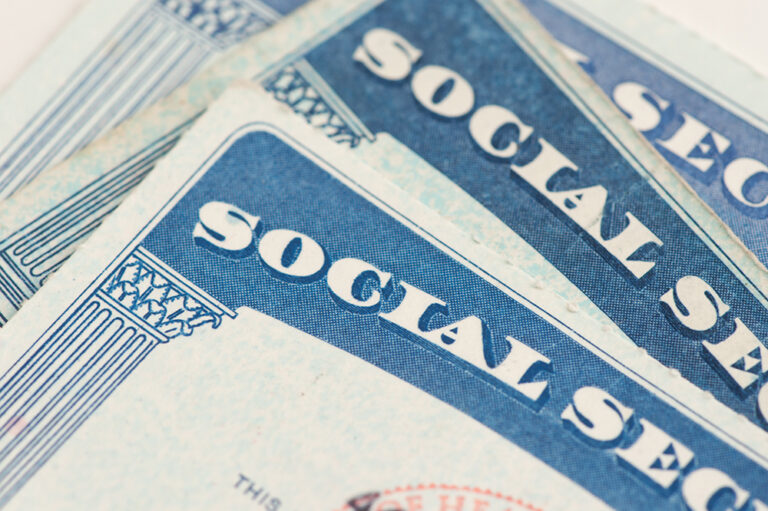Individual taxes are the largest source of revenues for the federal government, representing more than half of all revenues collected. They include taxes levied on wages and salaries, income from investments, and other income.
The individual tax code is progressive, meaning that those with higher incomes pay a greater share of their earnings in taxes. At the same time, high earners benefit disproportionately more from tax expenditures, also known as “tax breaks,” than lower earners.
Many economists agree that simplifying the tax code could have fiscal and economic benefits. Tax reform done right would promote economic growth, make our fiscal outlook more sustainable, reduce the complexity and burden of compliance, and increase the system’s transparency and fairness by treating individuals and businesses in similar circumstances more equally.
Below is a selection of key charts on individual income taxes in the United States and how they fit within the federal budget.
Attribution Policy: If you would like to use any of these charts, please credit the "Peter G. Peterson Foundation" and provide the pgpf.org website URL and hyperlink. If you would like to include one of our charts in a commercial product, please email copyright@pgpf.org.
Further Reading
How Did the One Big Beautiful Bill Act Change Tax Policy?
See how OBBBA restructured the tax landscape across four major areas: individual tax provisions, business tax provisions, energy tax credits, and health-related tax changes.
Should We Eliminate the Social Security Tax Cap?
There have been a number of proposals to increase, eliminate, or otherwise adjust the payroll tax cap as a way to shore up Social Security’s finances.
No Taxes on Tips Will Drive Deficits Higher
Here’s how this new, temporary deduction will affect federal revenues, budget deficits, and tax equity.


